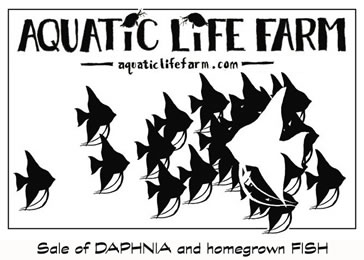captmicha
Members
I'm getting ready to set up a large Malawi tank for my Haps and want to be more precise this time about buffering.
http://www.cichlid-forum.com/articles/water_chemistry.php
I have Instant Ocean reef salt. This has buffering agents. So should I start with this, and then use epsom and baking soda? If not, in what order should I use them?
I also use crushed coral, oyster shells, rocks, etc. How am I supposed to accommodate for their buffering effect? Doesn't it change from time to time??
My parameters out the tap (well water) are: GH 8 degrees, KH 2, pH 6.5.
Is there a calculator that figures out how much of each I need to add for me?
http://www.cichlid-forum.com/articles/water_chemistry.php
I have Instant Ocean reef salt. This has buffering agents. So should I start with this, and then use epsom and baking soda? If not, in what order should I use them?
I also use crushed coral, oyster shells, rocks, etc. How am I supposed to accommodate for their buffering effect? Doesn't it change from time to time??
My parameters out the tap (well water) are: GH 8 degrees, KH 2, pH 6.5.
Is there a calculator that figures out how much of each I need to add for me?


